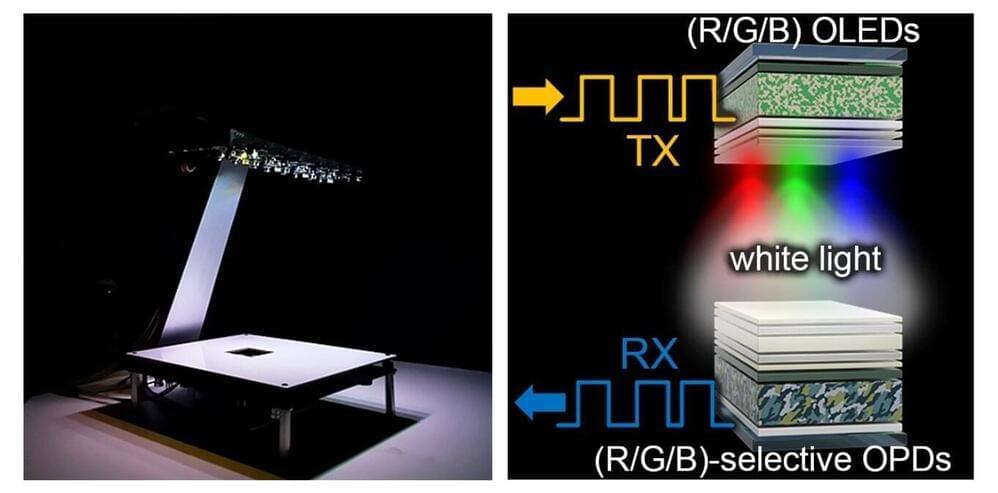LONDON (AP) — U.K. health officials on Monday urged millions of parents to book their children for missed measles, mumps and rubella shots during a sharp increase in the number of measles cases and the lowest vaccination rates in a decade.
The National Health Service is launching a publicity campaign after figures showed there were about 250 confirmed measles cases in parts of England last year. Most cases were in children under 10 years old.
The combined measles, mumps and rubella, or MMR, vaccine is offered in the U.K. in two doses to all children, first at 12 months and then again at 3 years. Vaccination rates have dropped to about 85% nationally, and far lower in parts of London, according to U.K. Health Security Agency chief executive Jenny Harries.








